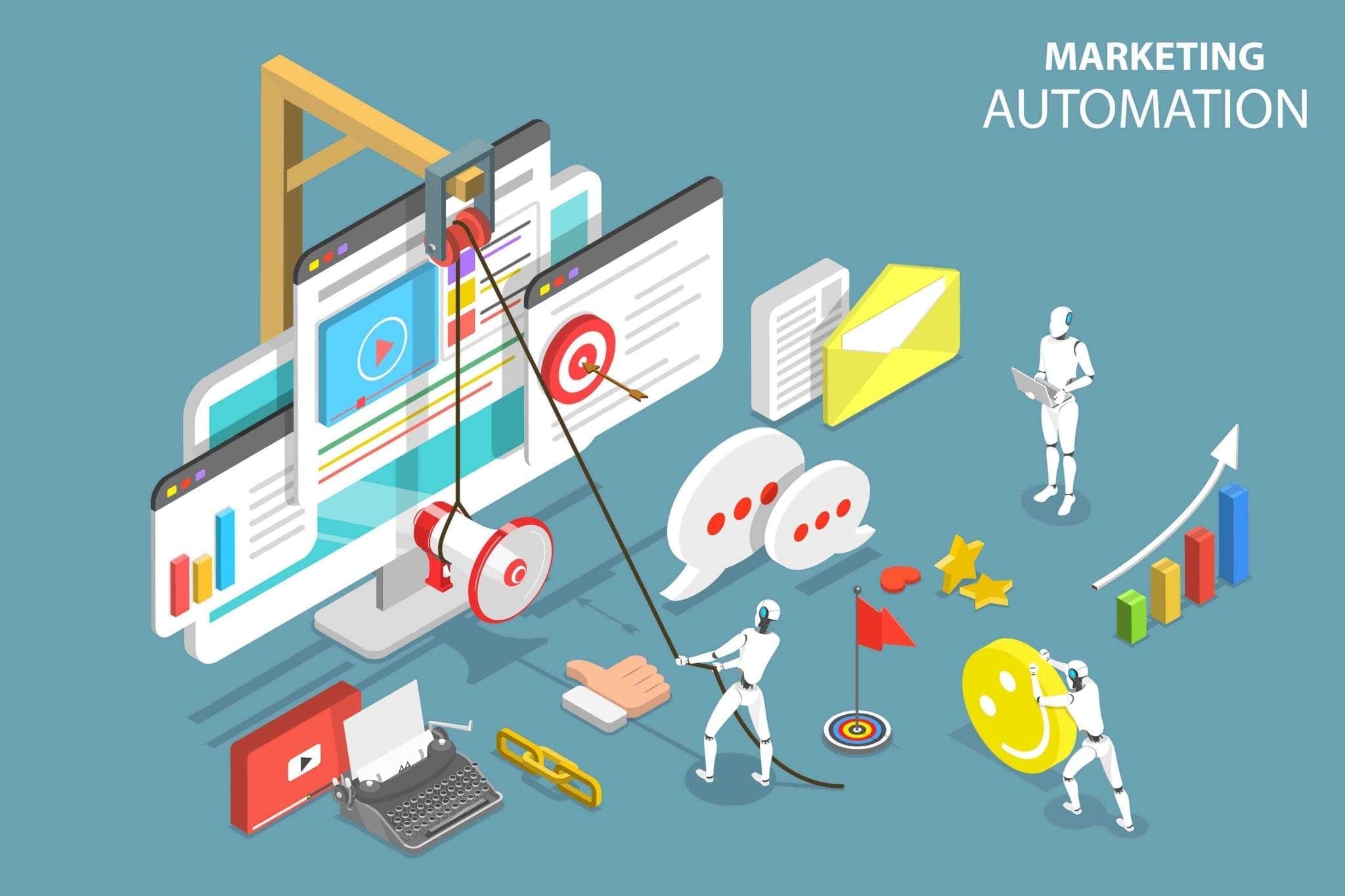Move over Google Ads, marketing automation has become the digital marketer’s new best friend.
Marketing automation has opened a realm of new possibilities for those seeking to penetrate new markets and boost brand awareness and leads amongst existing markets, and it seems like there is very little it can’t do.
This technology allows us to send automated messages across a variety of platforms, such as social media, email, and text. One of the most exciting possibilities within marketing automation is that of dynamic forms, and how they can influence audience messaging.
What are dynamic forms?
Consider a standard online form. It is static – it contains questions, and offers open boxes for users to enter their answers. These text boxes are all the same, and exist simply to collect information.
With that in mind, it is easier to understand the concept of dynamic forms. A dynamic form also poses questions for users to answer, but does so in a much more natural, intelligent manner.
Dynamic forms will change and update as the user enters their data. For example, if a user has already entered information once, the form won’t ask for that information again. If a user must fill in their address, the form might automatically complete the address with details such as a post code or country. These forms can even verify that information is correct at the time of entering (such as credit card details), which can save a hassle later down the track if the initial information was incorrect.
The result of dynamic forms for users is that form filling is easier, faster, and much less frustrating. It can help ensure they make it to the next step in the process (whether that’s a sale or an email newsletter signup) rather than dropping out part-way through due to a glitch or minor form annoyance.
And for marketers, that’s just where the benefits of dynamic forms begin.
Using dynamic forms to populate the CRM
In the past, a personalised email or direct message would entail the very basic use of the customer’s first name. While it was a far cry from the completely impersonal emails of the past, the following message would often be obviously designed for a mass audience.
These group messages could alienate certain audiences and make it feel like customers were just another number, turning them away from a brand and future messaging.
With dynamic forms, marketers have the option of populating their management systems with far more data than a simple first name.
This could be anything from including personalised product picks, to mentioning local news or events in their local area, or sharing content from your site relevant to their interests. It can also cater to audiences depending on their stage in the lead generation funnel, from early lead creation to after-sales care and follow up.
When you fuse the technology behind the modern customer relationship management system and dynamic forms, there are countless ways marketers can personalise their messaging – both in direct emails and other areas such as targeted Google ads.
With the added benefit of these processes being completely automated, the savvy marketer can use their time assessing which campaigns work best, A/B testing with various personalised messages, and conceptualising new and innovative ways to make the most of this truly innovative technology.
If you’re not sure about where to take your digital marketing efforts next, Media Giant is here to help. From social media campaigns to email marketing and more, we can help ensure your branding and messages reach the right audience at the right time. Get in touch for a free consultation to find out how to grow your business.
[divider line_type=”No Line” custom_height=”30″]
[divider line_type=”No Line” custom_height=”80″]


